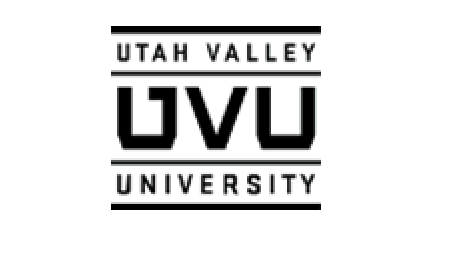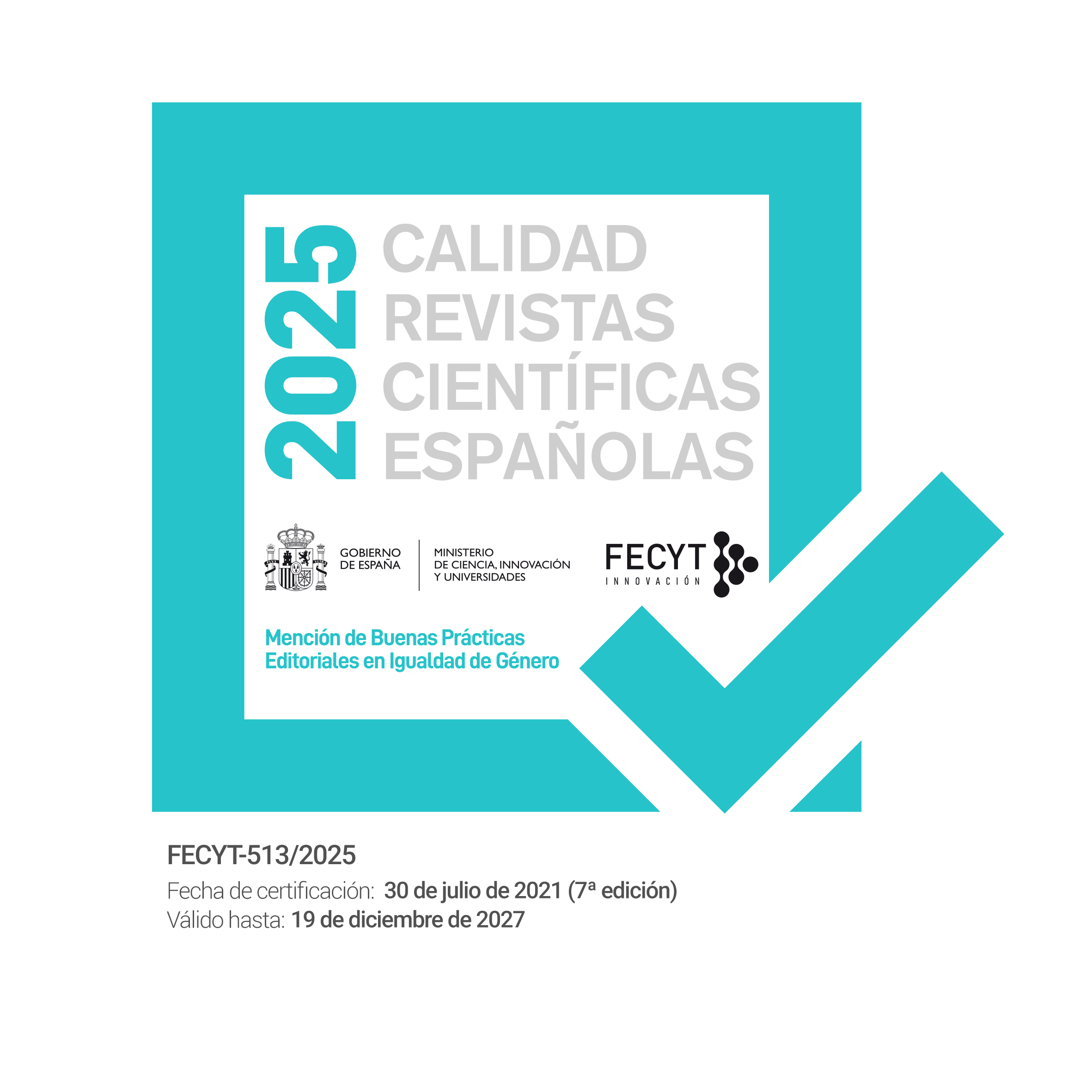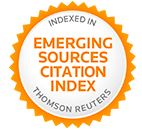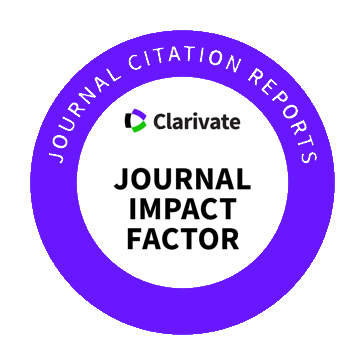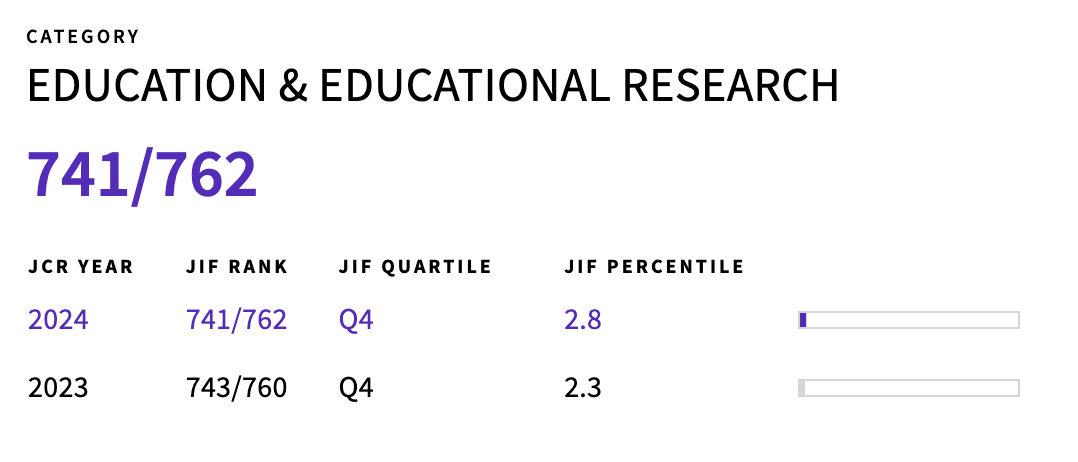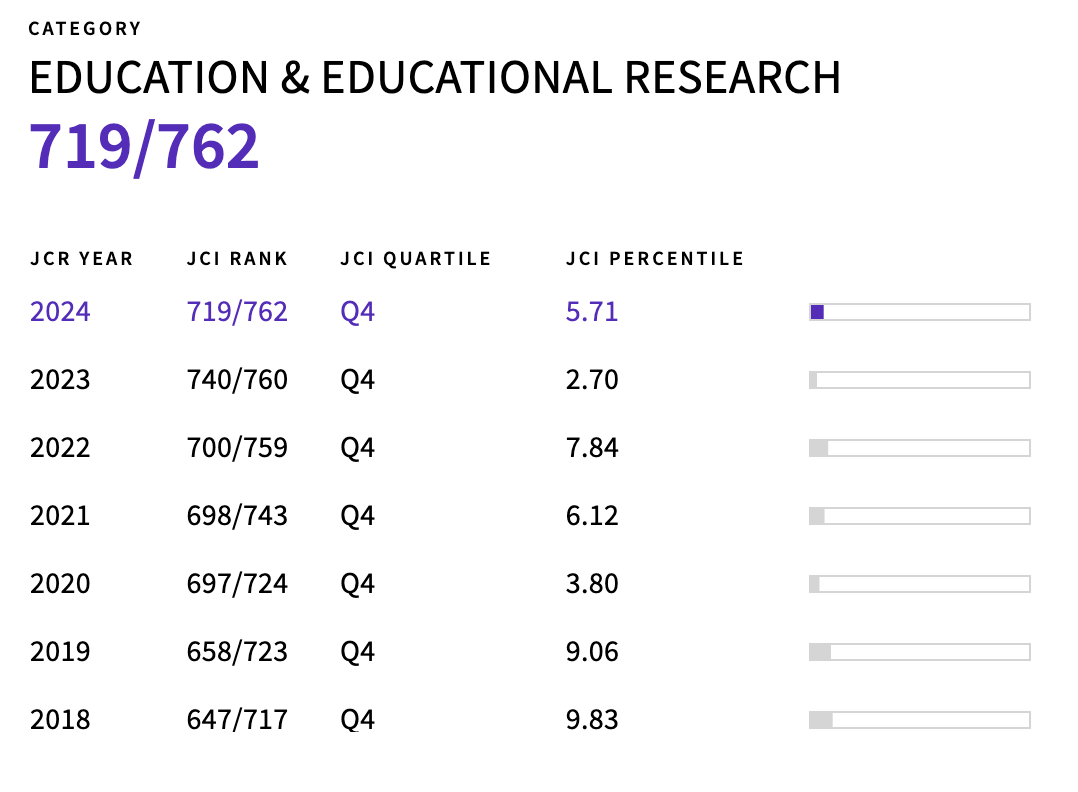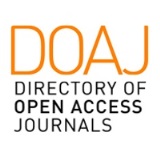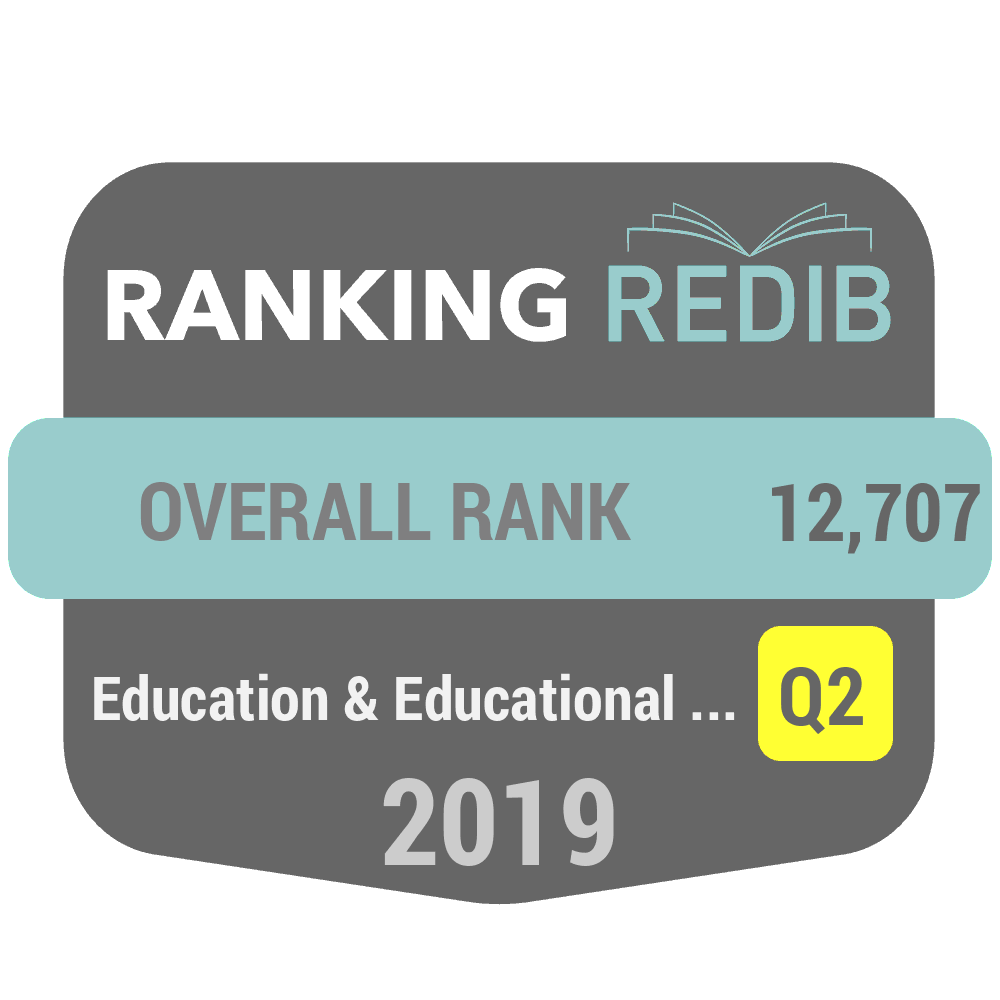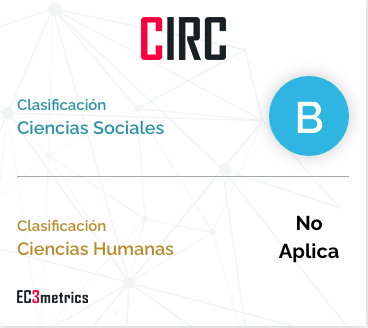Gamification as a tool to dynamize continuous assessment in a Master’s degree
DOI:
https://doi.org/10.55777/rea.v15i30.4598Keywords:
gamification, online teaching, teacher training, assessment instrumentsAbstract
The COVID-19 pandemic has shown the need to adopt teaching strategies that bring knowledge to students through an online environment and taking advantage of the benefits of this type of education. This work aims to cater to this necessity by presenting the design process of a proposal to use gamification in a Bilingual Education Master’s degree from an online university, replacing the end of unit tests that are part of the continuous assessment. It is expected that the benefits obtained from implementing this gamification have an impact on the teacher trainees and on their own students, by means of applying the learning experience from the master’s to their classrooms. So, the aim of this work is to present an experience that could be transferred to other contexts and ages, helping teachers to use online resources to assess their learners. Additionally, gamification offers an ideal environment to foster active learning and promote the acquisition of digital competence.
Downloads
References
Balci, S., Secaur, J.M. & Morris, B.J. (2022). Comparing the effectiveness of badges and leaderboards on academic performance and motivation of students in fully versus partially gamified online physics classes. Education and Information Technologies. https://doi.org/10.1007/s10639-022-10983-z
Barata, G., Gama, S., Jorge, J., y Gonçalvez, D. (2015). Gamification for smarter learning: tales from the trenches. Smart Learning Environments, 2, 10. https://doi.org/10.1186/s40561-015-0017-8
Bárcena-Toyos, P. (2022). Teacher identity in CLIL: A case study of two in-service teachers. Latin American Journal of Content & Language Integrated Learning, 15(1), e1516, https://doi.org/10.5294/laclil.2022.15.1.6
Campbell, J. (2008). The hero with a thousand faces (Vol. 17). New World Library.
Costa, O., García Gaitero, O. y Real, J. J. (2016). Triangulation of successful sources in teaching: learning styles, gamification and self-regulated learning. Revista de Estilos de Aprendizaje, 9 (18), 117-134. https://doi.org/10.55777/rea.v9i18.1040
Coyle, D. (2007). Content and Language Integrated Learning: Towards a Connected Research Agenda for CLIL Pedagogies. International Journal of Bilingual Education and Bilingualism,10:5, 543-562, https://doi:10.2167/beb459.0
Díaz-Ramírez, J. (2020). Gamification in engineering education–An empirical assessment on learning and game performance. Heliyon, 6 (9): e04972. https://doi.org/10.1016/j.heliyon.2020.e04972
Fernández-Portero, I. y Castillo, C. (2022). Gamification in the English language class: Analysis of pre-service teachers’ perceptions. Computer Assisted Language Learning Electronic Journal (CALL-EJ), 23 (1), 425-444. http://callej.org/journal/23-1/Fernandez-Portero-Castillo-Rodriguez2022.pdf
Fuster, A., Pertegal, M. L., Jimeno, A., Azorín, J., Rico, M. L., y Restrepo, F. (2019). Evaluating impact on motivation and academic performance of a game-based learning experience using Kahoot. Frontiers in Psychology, 10, 2843. https://doi.org/10.3389/fpsyg.2019.02843
Gómez Domingo, M. y Bárcena-Toyos, P. (2022). Students' perceptions of the use of book trailers to promote reading habits and develop digital competence in primary education. Investigaciones Sobre Lectura, 17 (1).
Gottlieb, M. (2016). Assessing English language learners: Bridges to educational equity: Connecting academic language proficiency to student achievement. Corwin.
Hanus, M.D., y Fox, J. (2015). Assessing the effects of gamification in the classroom: A longitudinal study on intrinsic motivation, social comparison, satisfaction, effort and academic performance. Computers & Education, 80, 152-161. https://doi.org/10.1016/j.compedu.2014.08.019
Högberg, J., Hamari, J. & Wästlund, E. (2019). Gameful Experience Questionnaire (GAMEFULQUEST): An instrument for measuring the perceived gamefulness of system use. User Modeling and User-Adapted Interaction 29, 619–660. https://doi.org/10.1007/s11257-019-09223-w
Juan-Lázaro, O. y Área, M. (2021). Gamificación superficial en e-learning: evidencias sobre motivación y autorregulación [Thin layer gamification in e-learning: evidence on motivation and self-regulation]. Pixel-Bit. Revista de Medios y Educación, 62, 146-181. https://doi.org/10.12795/pixelbit.82427
Jurgelaitis, M., Čeponienė, L., Čeponis, J., y Drungilas, V. (2015). Implementing gamification in a university-level UML modeling course: A case study. Computer Applications in Engineering Education, 27 (2), 332-343. https://doi.org/10.1002/cae.22077
Kim, J., y Castelli, D.M. (2021). Effects of gamification on behavioral change in education: A meta-analysis. International Journal of Environmental Research and Public Health, 18 (7), 3550. https://doi.org/10.3390/ijerph18073550
Lazzaro, N. (2004). Why we play games: Four keys to more emotion without story. XEODesign, Inc. Oakland, CA.
Looyestyn J, Kernot J, Boshoff K, Ryan J, Edney S, et al. (2017). Does gamification increase engagement with online programs? A systematic review. PLOS ONE 12(3): e0173403. https://doi.org/10.1371/journal.pone.0173403
Mahoney, K. (2017). The assessment of emergent bilinguals: Supporting English language learners. Channel View Publications.
Meyer, O. (2013). Introducing the CLIL-Pyramid: Key Strategies and Principles for CLIL Planning and Teaching. En Eisenmann, M. y Summer, T. (Eds.) Basic Issues in EFL Teaching (pp. 295-313). Universitätsverlag Winter.
Peña-Acuña, B. (2022). Indagación evaluativa de una intervención con metodologías activas para estudiantes universitarios. Revista de Estilos de Aprendizaje, 15 (29), 5-18. https://doi.org/10.55777/rea.v15i29.4054
Ranilla, M. (2018). Gamificación de la alfabetización digital en mayores según los estilos de aprendizaje y actividades polifásicas. Revista De Estilos De Aprendizaje, 11(22). https://doi.org/10.55777/rea.v11i22.1085
Robson, K., Plangger, K., Kietzmann J. H., McCarthy, I., y Pitt, L. (2015). Is it all a game? Understanding the principles of gamification. Business Horizons, 58 (4), 411–420. https://doi.org/10.1016/j.bushor.2015.03.006
Santos, M.J., Leiva, J.J., Ramos, M., y Benítez-Márquez, M.D. (2020). Higher education students’ assessments towards gamification and sustainability: A case study. Sustainability, 12 (20), 8513. https://doi:10.3390/su12208513
Torrado, M. (2021) TIC/TAC y COVID-19: uso y necesidades del profesorado de secundaria en Galicia. Digital Education Review, 39, 356-373. https://doi.org/10.1344/der.2021.39.%25p
Torrado, M., y Gómez Domingo, M. (2021). Emotion in online gamification. A case study with pre-service primary school teachers. XI International Conference on Virtual Campus (JICV), 2021, pp. 1-3, https://doi.org/10.1109/JICV53222.2021.9600351
Zainuddin, Z. (2018). Students’ learning performance and perceived motivation in gamified flipped-class instruction. Computers & Education, 126, 75–88. https://doi.org/10.1016/j.compedu.2018.07.003
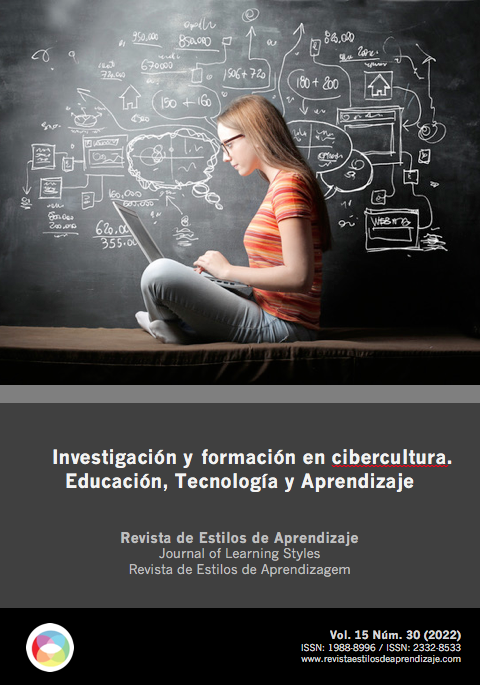
Downloads
Published
How to Cite
Issue
Section
License
By submitting the original, the author(s) declare that they are aware of and accept, in full, the privacy policy as well as the copyright of the Learning Styles Magazine.
The Learning Styles Magazine offers free and open access to its content, completely free of charge, in order to bring scientific research to its readers and society in general. All digital contents are free and open access and are published under a Creative Commons license:

Rights are granted under the Creative Commons Reconocimiento-NoComercial-SinObraDerivada 4.0 Internacional (CC-BY-NC-ND 4.0)
The Learning Styles Magazine is an open access journal. Publication of articles or reviews in the Journal does not entitle you to any remuneration. For authors as well as readers, the journal is free Creative Commons Reconocimiento-NoComercial-SinObraDerivada 4.0 Internacional (CC-BY-NC-ND 4.0).
With this licence, the reproduction and dissemination of the contents of the magazine for educational, social and knowledge transmission purposes is permitted, without any profit motive in mind, provided that the source and authorship are not modified. The licence granted to Learning Styles Magazine allows the copying and distribution of the magazine's contents, as long as the authorship of the work is recognised, correctly specifying the author and the publishing entity. The work may not be used for commercial purposes, nor may it be altered, transformed or generated from this work.
The publication of articles or reviews in the Journal does not give the right to any remuneration.
The Learning Styles Journal invites the author/authors to increase the visibility and scope of their articles published by re-disseminating them in:
- Web spaces and personal networks, as well as in scientific meetings and forums
- Open institutional archives in Universities, educational repositories and Research Centres.
- Academic and scientific networks (Researchgate, Academia.edu, Plubons, etc.)
All these spaces and publications must include all the bibliographic data of the publication.


